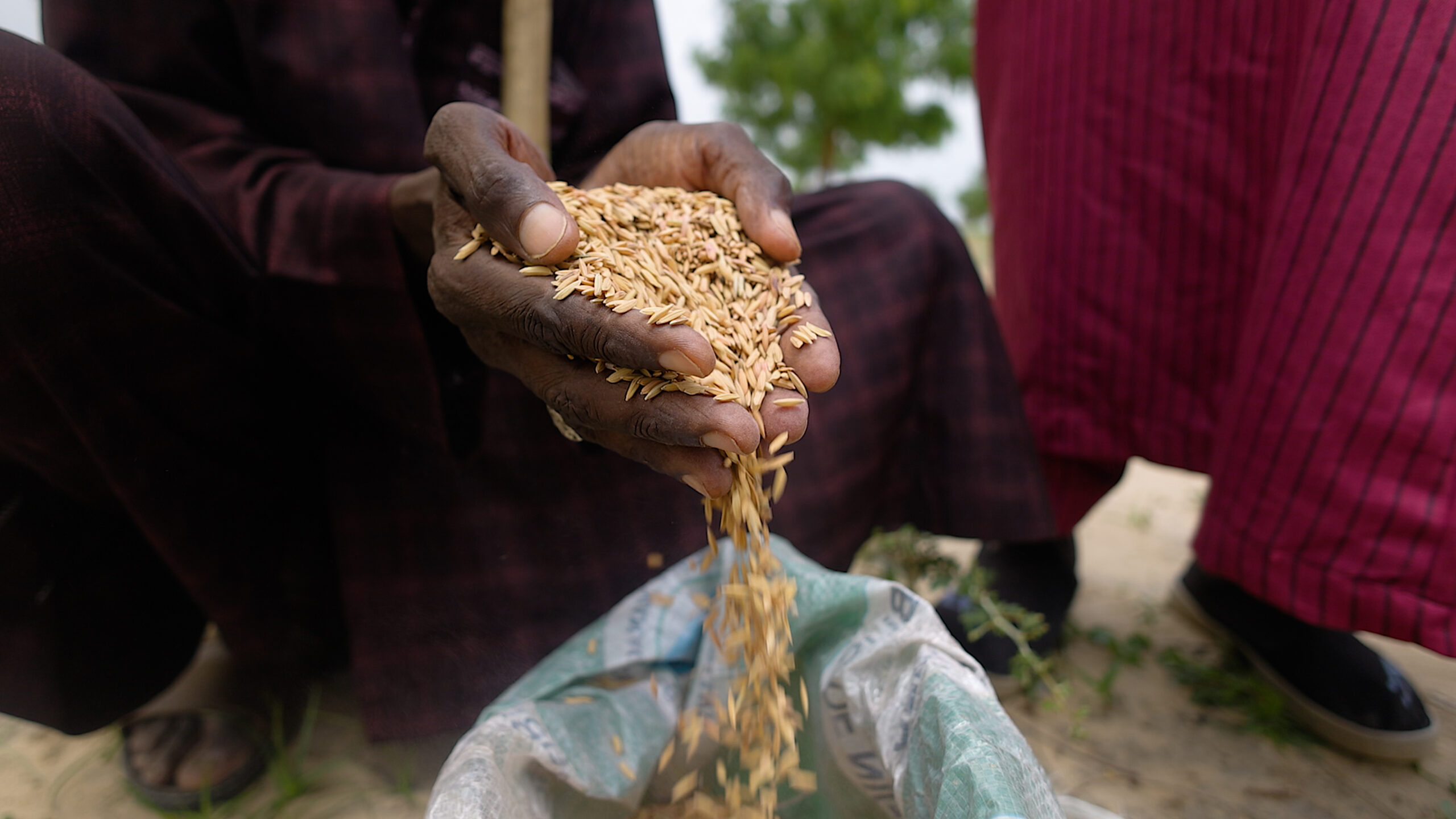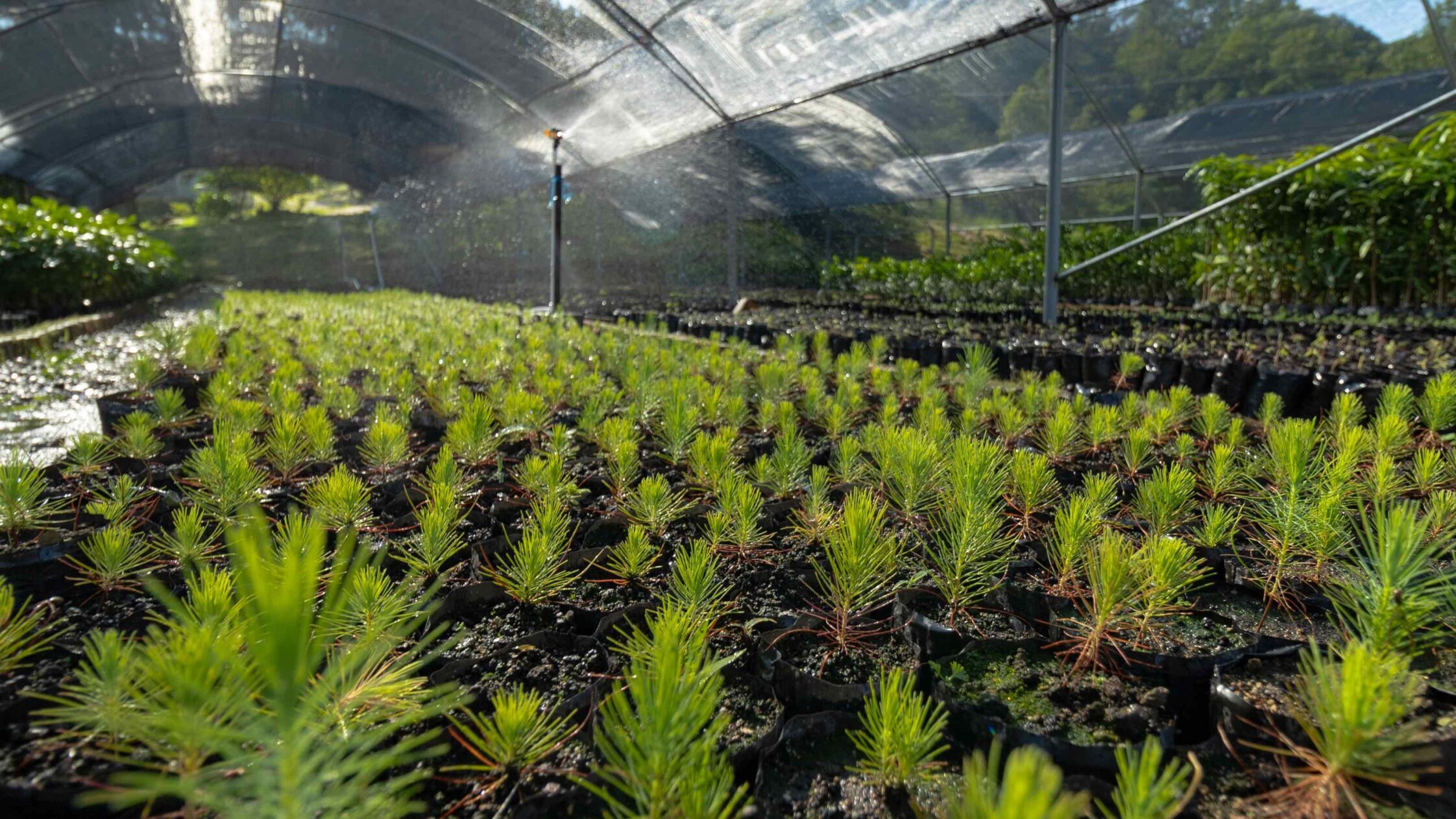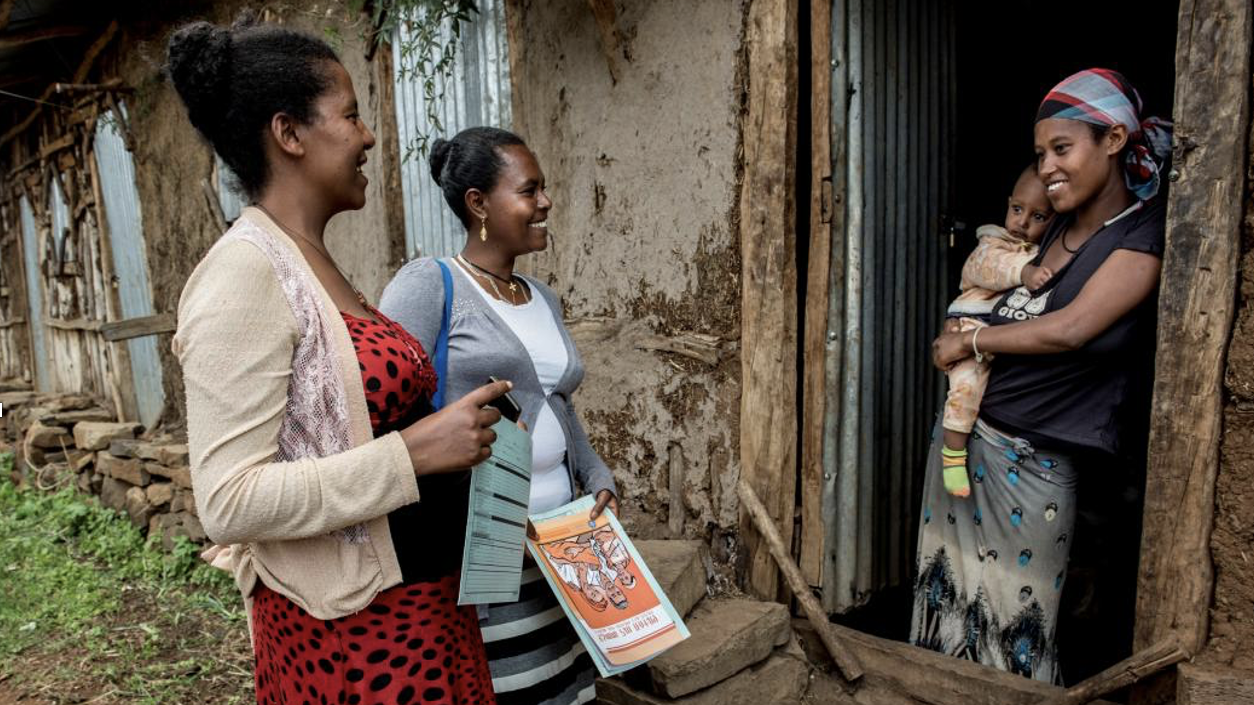Historically, many Sub-Saharan African countries have seen their fertilizer subsidy programs waylaid by administrative weaknesses and corruption. Donors and development partners now promote a simpler subsidy process that works through the private sector, and in 2008 Ghana launched a fertilizer subsidy program designed to reflect this approach. Yet an IFPRI discussion paper by postdoctoral fellow Afua Branoah Banful finds that fertilizer allocations in Ghana have been determined by how districts voted in the previous election, indicating that the subsidies remain vulnerable to political manipulation.
Governments previously overlooked other aspects of agricultural development, such as improved infrastructure, in favor of costly universal subsidies, and fertilizer was distributed through centralized state monopolies that crowded out private importers and sellers. A more sustainable approach to the role of subsidies in agricultural development calls for temporary vouchers that target smallholder farmers, cultivate demand for private retailers, and exploit the efficiency of private markets.
From June 2007 to March 2008, the price of the most commonly used food crop fertilizer in Ghana increased by 35 percent, and in July 2008 the government instituted a new voucher-based subsidy program that utilized the private fertilizer sector and was intended to last 6 months. To discover whether the political characteristics of Ghana’s administrative districts determined how they benefitted from the subsidies, Banful analyzed how many vouchers were distributed to each district in 2008 and compared these numbers to the 2004 election results and the population size, poverty level, and agro-ecological characteristics of the districts.
The number of vouchers given per 1,000 farmers varied widely between districts, even within the same region. Yet the pattern of voucher allocations was not determined by a district’s poverty level. In fact, slightly more vouchers were granted to less-poor districts, which may have undermined the subsidy program by displacing unsubsidized purchases.
A closer examination reveals that the government targeted vouchers toward districts in which the ruling party was defeated in the last election. A district received 2 percent more vouchers for each percentage point by which the party had lost, such that a district in which the party lost by the average margin of 33 percent typically received 66 percent more vouchers than a similar, winning district. The vouchers were apparently wielded to bolster the party’s popularity where it was lacking.
Although the Government of Ghana has incorporated several innovative elements into its new subsidy program, old inefficiencies prevail. Banful warns that without a mechanism to curtail political misuse, the new subsidies advancing across Africa will likely fall short of their potential to help farmers and stimulate agricultural productivity.







